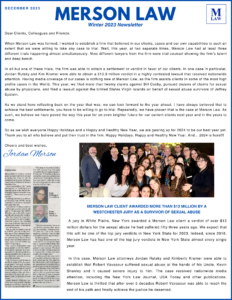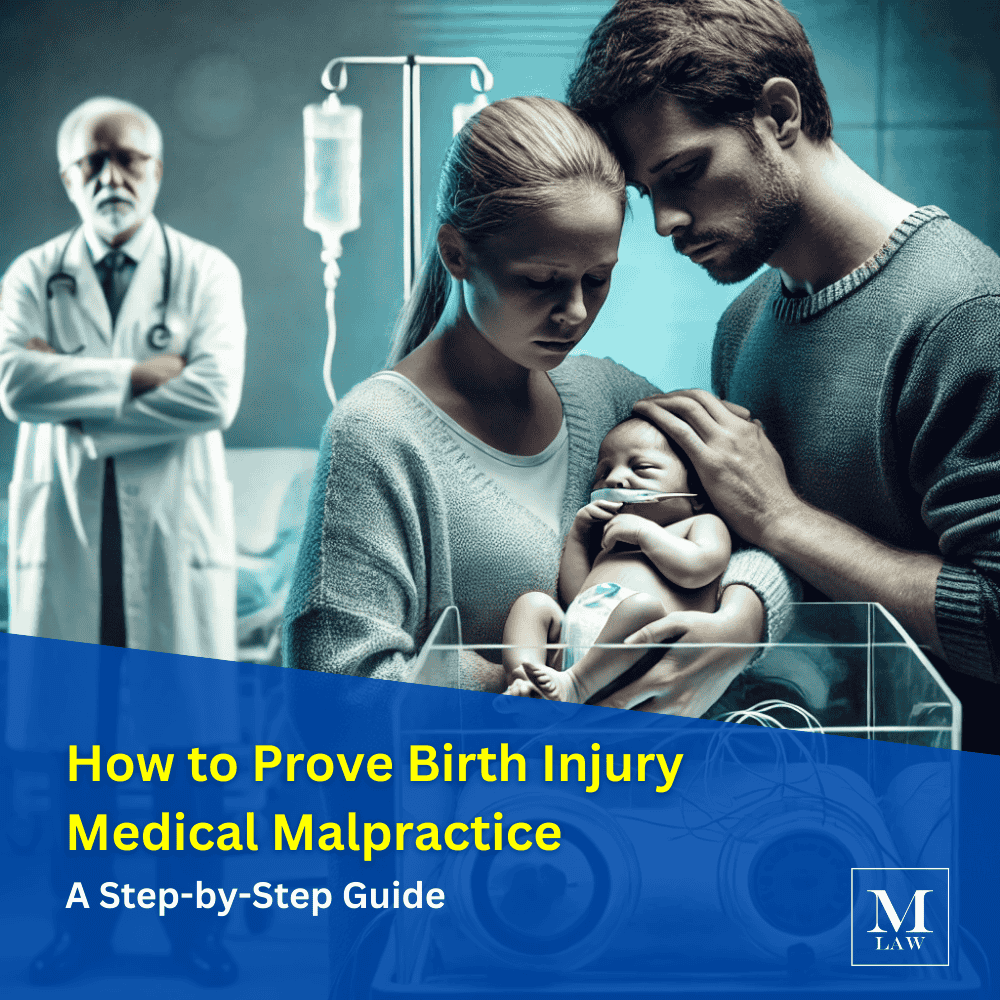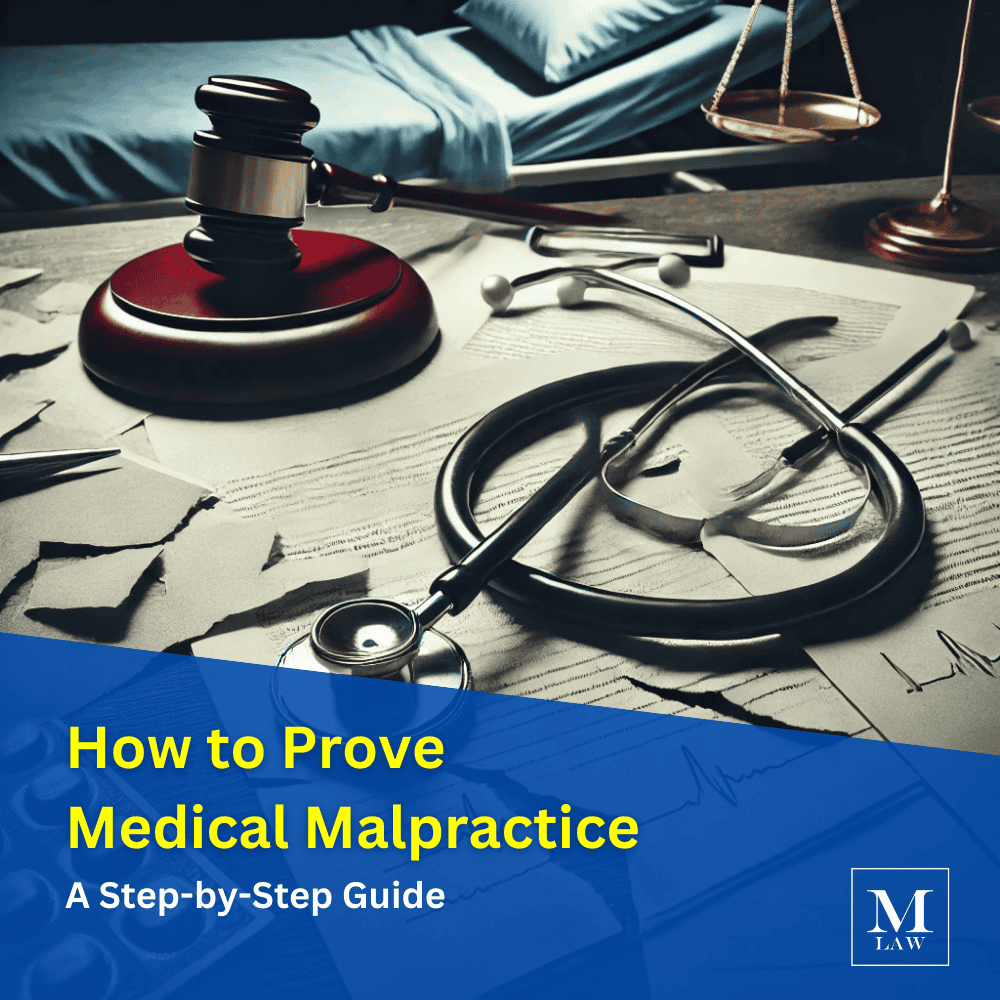When a newborn’s skin takes on a yellowish hue, many parents become understandably concerned. This common condition is known as neonatal jaundice and occurs in a significant number of infants. However, in some cases, it may be more than just a typical medical issue; it might be linked to birth injuries or medical complications. In this article, we will differentiate between common neonatal jaundice and scenarios where it may be considered a birth injury. We will explore potential causes, consequences, and the legal considerations surrounding this condition.
Understanding Neonatal Jaundice
Neonatal jaundice, often referred to as physiological jaundice, is a common occurrence in newborns. It typically appears within the first week of life and is caused by the buildup of bilirubin, a yellow pigment produced when the body breaks down red blood cells. In most cases, neonatal jaundice is a normal part of a baby’s development and resolves on its own as the liver matures and begins to process bilirubin effectively.
Common Causes of Neonatal Jaundice
- Physiological Jaundice: As mentioned earlier, this is the most common cause. It’s a temporary condition caused by the baby’s still-developing liver.
- Breast Milk Jaundice: Some breastfed babies may develop jaundice due to substances in breast milk that can slow down the elimination of bilirubin.
- Blood Type Incompatibility: If the baby’s blood type is incompatible with the mother’s, the baby may break down red blood cells more rapidly, leading to jaundice. This is known as ABO or Rh incompatibility.
When Neonatal Jaundice Might Be a Birth Injury
In some instances, neonatal jaundice may be considered a birth injury, particularly when it results from medical negligence or complications during birth. Here are scenarios where it might be categorized as such:
- Delayed Diagnosis or Treatment: Medical professionals must monitor a newborn’s bilirubin levels and provide treatment promptly if they exceed safe limits. Failure to diagnose or treat jaundice in a timely manner can result in complications.
- Inadequate Care During Labor or Delivery: Birth trauma, such as bruising, can lead to the excessive breakdown of red blood cells, causing jaundice. If this trauma results from medical negligence during labor or delivery, it may be considered a birth injury.
Consequences of Untreated or Severe Jaundice
Neonatal jaundice, when left untreated or when it reaches severe levels, can have serious consequences. These may include:
- Kernicterus: A rare but severe condition that occurs when high bilirubin levels lead to brain damage, potentially resulting in lifelong disabilities.
If your child has experienced severe or untreated neonatal jaundice due to medical negligence during birth, you may have legal recourse. Medical professionals are expected to follow established standards of care, and failure to do so can lead to legal claims. Consult with a qualified attorney experienced in birth injury cases to explore your options.
While neonatal jaundice is a common occurrence in newborns, it is crucial to differentiate between typical cases and situations where it might be considered a birth injury. If you suspect that medical negligence contributed to your child’s severe or untreated neonatal jaundice, seeking legal advice is essential to protect your child’s rights and future well-being. Your child deserves the best possible care and support in the event of a birth injury-related jaundice case.








